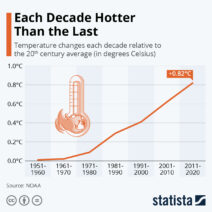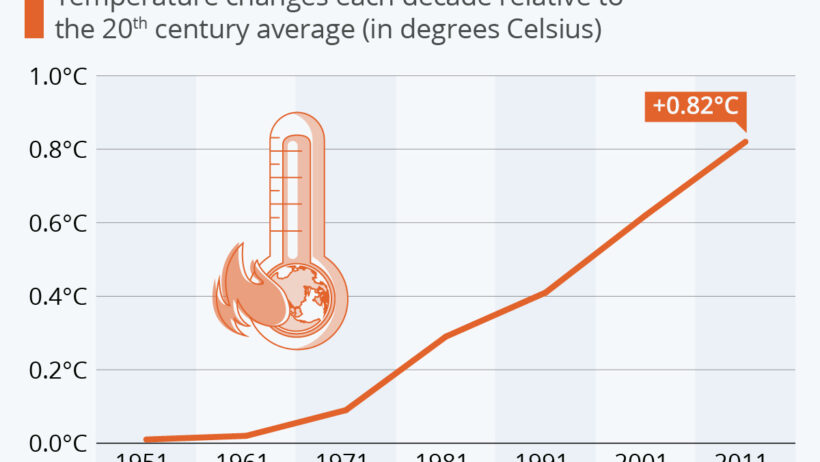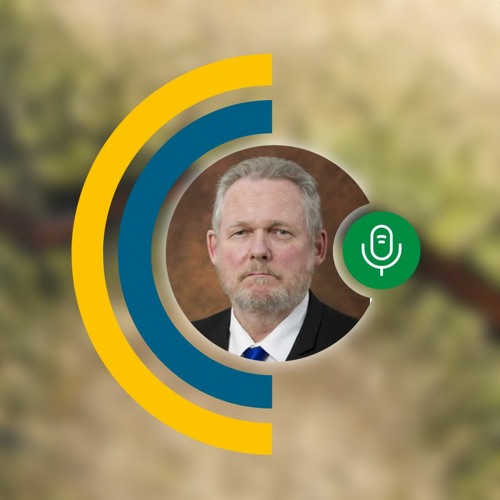As we embark on an examination of the Earth’s report card, we must ask ourselves: How has our planet fared against the looming challenge of global warming over the years? This exploration reveals not only a troubling trajectory but also a potential pathway to accountability for future generations. Each passing decade has become a benchmark, revealing shifts in climate patterns, ecological resilience, and humanity’s response. The question remains: Will we disrupt this detrimental cycle, or will we continue to let our planet sink deeper into turmoil?
To fully appreciate the magnitude of our situation, we must first dissect the data behind global warming. The Earth’s average temperature has risen significantly since the late 19th century, primarily due to increased carbon dioxide emissions and other greenhouse gases resulting from industrial activities, deforestation, and agricultural practices. In essence, the planet’s fever has been gradually escalating, and each decade has recorded a higher average temperature than the one preceding it.
The last century has showcased this alarming trend not as a mere anomaly, but as an undeniable pattern. An analysis reveals the 2010s as the hottest decade on record, eclipsing the temperatures documented in the previous years. This pattern brings to light a serious implication: the relentless increase in greenhouse gases is not just an abstract scientific concern; it directly influences our weather, ecology, and ultimately our way of life.
Continuing with this analogy of a report card, we might ponder: If the Earth were evaluated on its environmental performance, what kind of grades would it receive? The outcome would likely be an amalgam of A’s in raising awareness and concern, coupled with dismal F’s in terms of actual remedial actions taken to combat climate change. Governments and institutions across the globe have taken steps to address this issue; however, the measured results have often lagged behind the urgency of the crisis at hand.
A significant fallout from this warming trend is its multifaceted impact on global ecosystems. Rising temperatures have instigated a cascade of changes that threaten biodiversity. Coral reefs, often dubbed the rainforests of the sea, are succumbing to bleaching, a defense mechanism triggered by stress from heat, pollution, or overly acidic waters. Meanwhile, terrestrial animals are witnessing alterations in their habitats, pushing some to migration while rendering others unable to adapt.
The adverse effects extend beyond mere ecological phenomena, manifesting as extreme weather events. Hurricanes have become more ferocious, heat waves have intensified, and even the once predictable patterns of seasonal changes have become erratic. When entire cities are submerged due to rising sea levels, can we still consider this phenomenon as mere “weather”? The reality is that the lines between climate and weather have become tragically blurred, posing an existential threat to communities globally.
On the socio-economic front, the ramifications of climate change are equally disturbing. Vulnerable populations are often the hardest hit, showcasing the stark inequality woven into this crisis. Resources become limited, leading to conflicts over water and arable land. It is a daunting realization: climate change doesn’t spare anyone but disproportionately impacts those already struggling. The question is: How do we fortify those communities? How do we ensure that no one is left behind as we strive for a more sustainable world?
While the challenge appears insurmountable, history provides us with glimmers of hope. International cooperation has grown, evidenced by landmark agreements such as the Paris Accord. Countries have pledged to limit their emissions, but these commitments require translation into tangible actions. The report card might have a few silver linings, but it still begs for improvement. Achieving actual progress necessitates innovations in renewable energy, a transition from fossil fuels, and a collective commitment to sustainability.
To alter this trajectory, all segments of society need to assist in fostering a cultural shift toward environmental stewardship. Educational institutions, industries, and communities must collectively embrace sustainability. It is an exceedingly complex challenge, but if we can mobilize resources and unite under a shared goal, we can set new standards that would move us toward environmental restoration.
A critical element in this transformation entails inclusive policymaking. Advocates for environmental justice must ensure that decision-making processes accommodate diverse perspectives. Marginalized communities often understand the nuances of the climate crisis in a way that can actively inform policy shifts, leading us to more equitable solutions. By intertwining social justice with climate action, we might take bold steps to rewrite our report card, ushering in a future where humanity and the Earth coexist harmoniously.
Therefore, as we confront the stark realities within the Earth’s report card, we stand at a crossroads. The looming question—Can we reverse the course of history in favorable directions?—demands attention and action. While it’s easy to be weighed down by the severity of the situation, it’s crucial to infuse every effort with the resolve for change. The Earth’s fate rests in our hands, and only through concerted, coherent action can we hope to earn a passing grade—it is a challenge that we must not shy away from any longer.
In conclusion, the Earth has delivered a sobering performance review, one that speaks not only to past failures but also to future possibilities. It is our responsibility, as stewards of this planet, to earn a better report card for the generations yet to come. The clock is ticking, but the power to change is still very much in our grasp. Will we seize the moment, or will we continue to allow our planet to be defined by its struggles?





